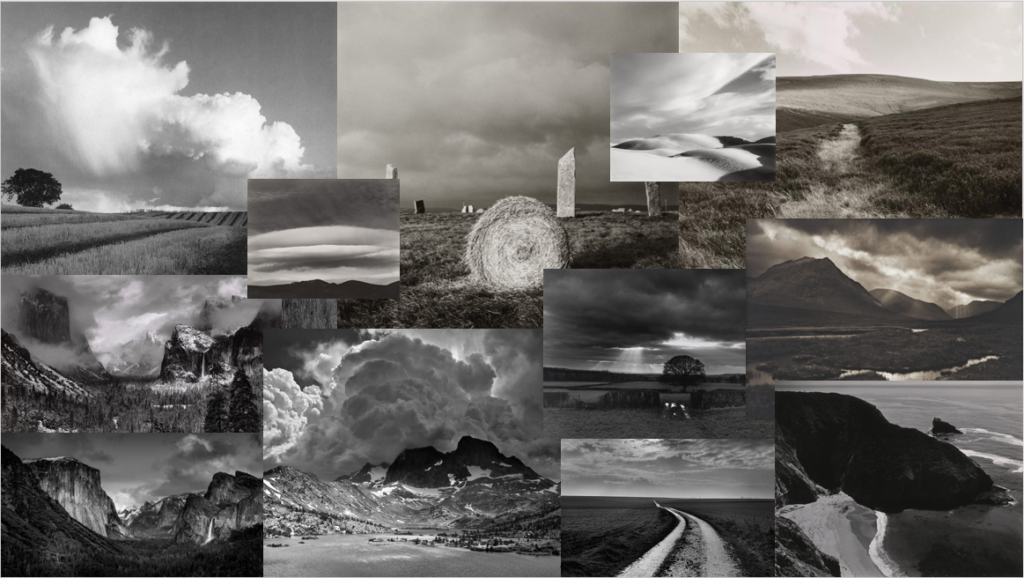
Rural Landscape photography moodboard


ANALOUGE FINAL IMAGE
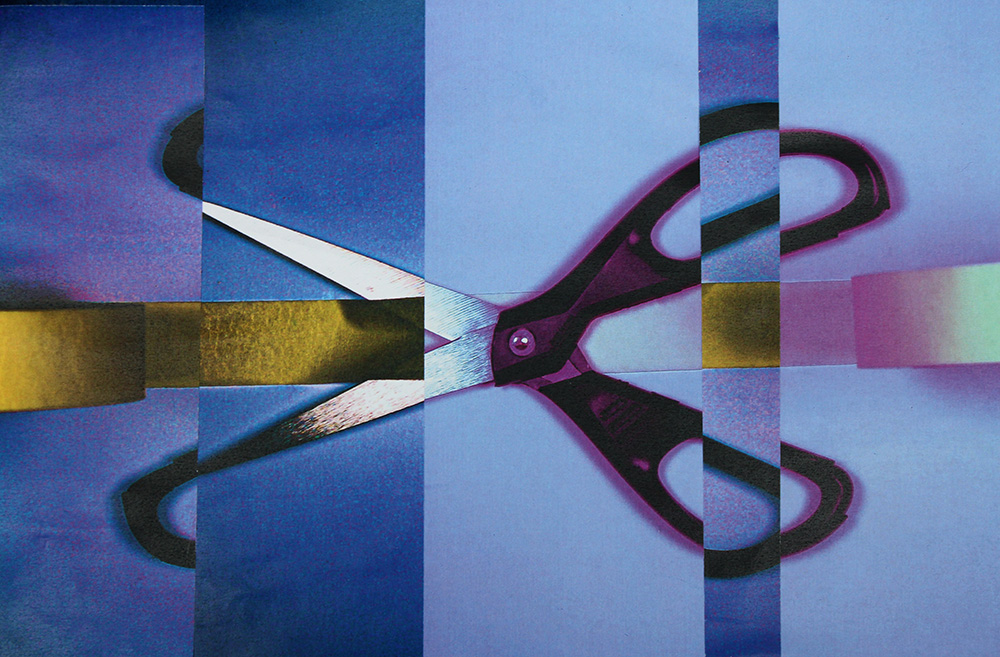
Development of final piece:

Firstly i started off by editing my image on photoshop, for example edited the saturation and colour to more purple/blue. i continued to print the same two images out of the scissors and tape the difference being different tones of colour but similar. Then used the trimmer to precisely trim out sections of the picture to then use superimposition and stick the sections in line as much as possible on top.
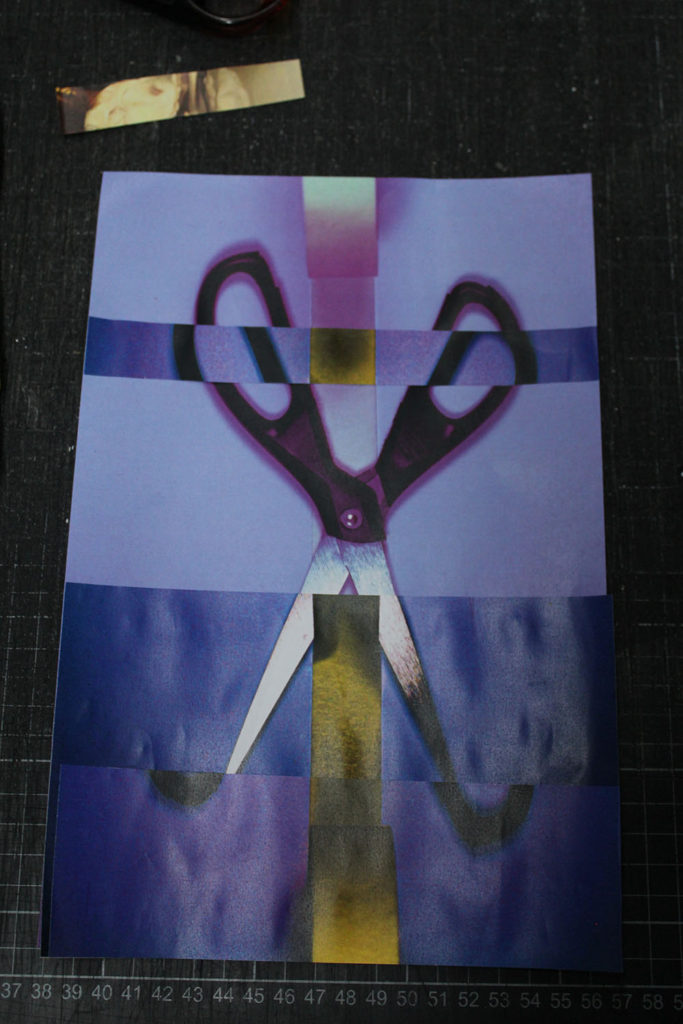
I decided I wanted this in an A3 so went back onto Lightroom and photoshop and made sure it was smooth and sharp ready to be put into the print folder. Now I have framed it and is on display.
EVALUATION
Overall the project ‘home’, was very new to me at the start getting used to photography and how to effectively use a camera. I’ve learnt useful things such as how to use photoshop and organise my photoshoots on Lightroom. However, I need to be more creative with my photography whilst also focusing on the technique and quality of my images. I’ve enjoyed doing research into artists and exploring different styles of photography. This project has been an informative introduction to photography and has helped me understand what photography is and how it can be portrayed as ‘home’.
This is a mind map to show all the possible landscapes and locations I can photograph:
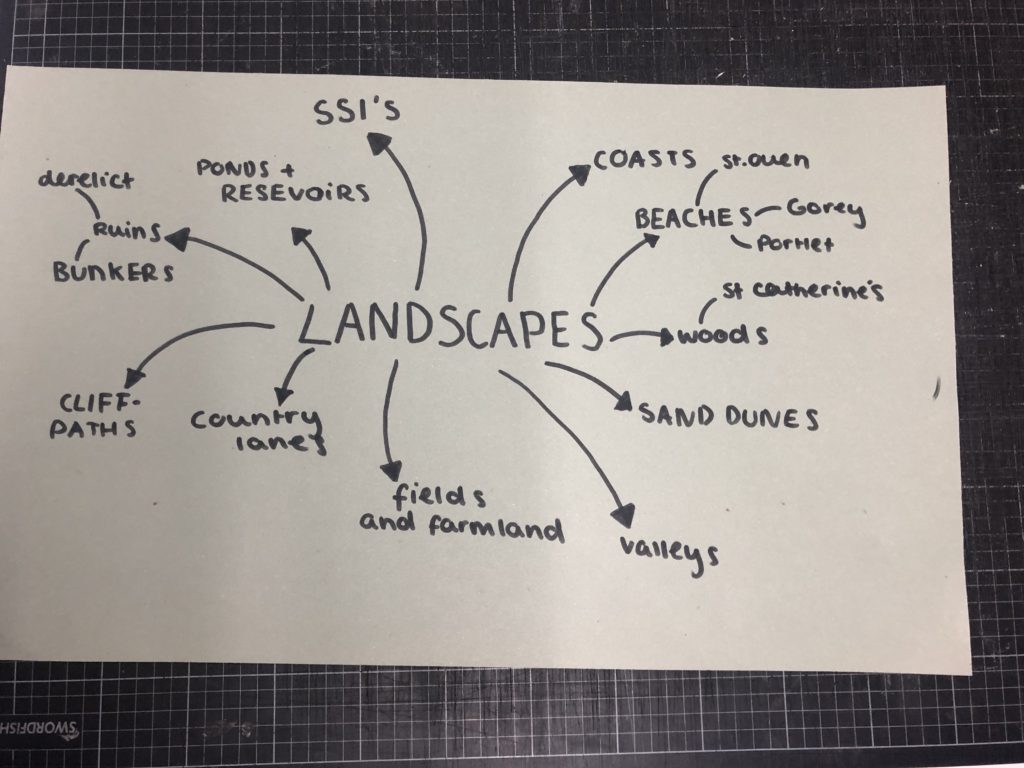
Constable is famous for his landscapes, which are mostly of the Suffolk countryside, where he was born and lived. Constable’s most famous paintings include Wivenhoe Park (1816), Dedham Vale (1821) and The Hay Wain (1821). His paintings are now among the most popular and valuable in British art however, he was never financially successful.
His work transformed the landscape painting genre and shaped the enduring popular image of the English countryside.

This painting depicts a farm scene on the River Stour between the English counties of Suffolk and Essex.
land ownership – from the image we can see a man working the land however, I believe he is not the land owner he is instead the labourer working for the owner.
land use – The area of land that we can see appears to be used for farming or some form of agriculture. The pond serves as a cooling system for the horses as this picture is set in the summer where temperatures would’ve been high and to enable the horse to work in this heat they walk him through the cool water.
Class – The man in the picture is working class as we believe he’s the labourer for the owner of the land. The land owner however, would most likely be upper class as they could afford a large area of land and to employ workers.
Changing times – The picture, painted in 1821, depicts a time before the industrial revolution. This is a time the romanticists wanted to cherish and protect from the damage that factories and machinery would do to the natural landscape.
Industrial revolution – The picture was painted pre-industrial revolution which is why they’re using a horse and cart to transport things and just using the old fashioned techniques and technologies rather than machinery.
Definition – a movement in the arts and literature, emphasizing inspiration, subjectivity, and the primacy of the individual.
Romanticism begun in 18th century western Europe and in most areas was at its peak from 1800 to 1850. It was used as a form of expression against the industrial revolution as romanticism emphasized nature over industry.
Artists such as Henry Fuseli and Caspar David Friedrich were part of the revolt against the age of enlightenment because it valued new technology and machinery over nature ands the natural world.
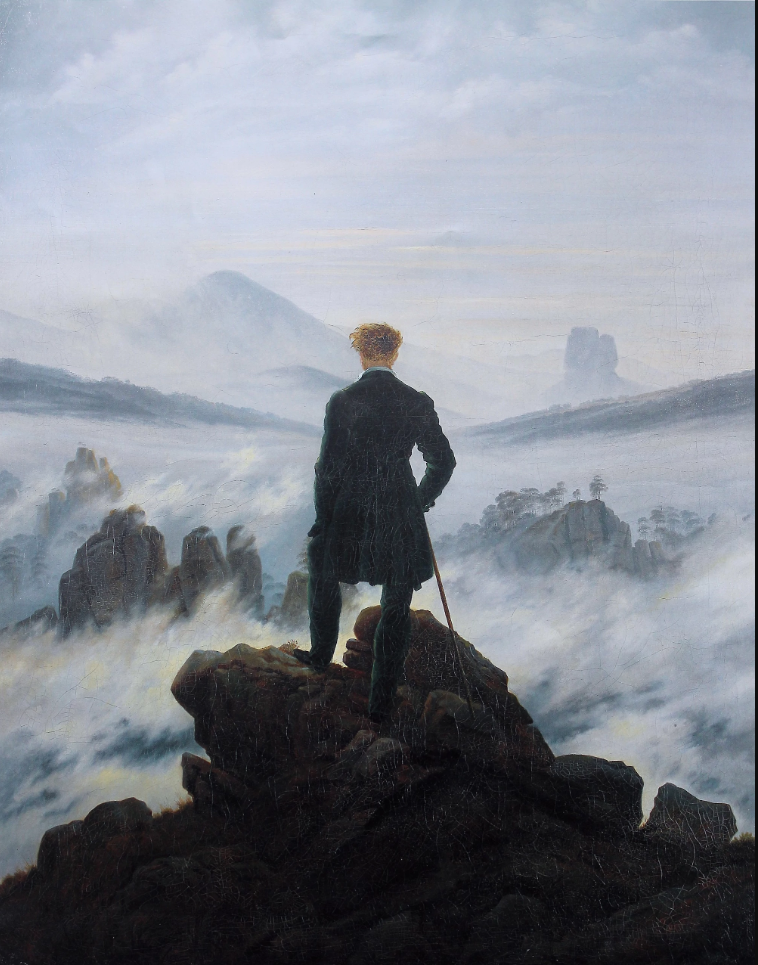

THE SUBLIME
The idea of the sublime is central to a Romantic’s perception of, and heightened awareness in, the world. The theory of sublime art was put forward by Edmund Burke in 1757 in A Philosophical Enquiry into the Origin of our Ideas of the Sublime and Beautiful which provided the English Romantic movement with a systematic analysis of what constitutes the sublime, and the possessed qualities. This gave the English Romantics a legitimacy and a strong theoretical foundation to their expressions. He defined the sublime as ‘an artistic effect productive of the strongest emotion the mind is capable of feeling’


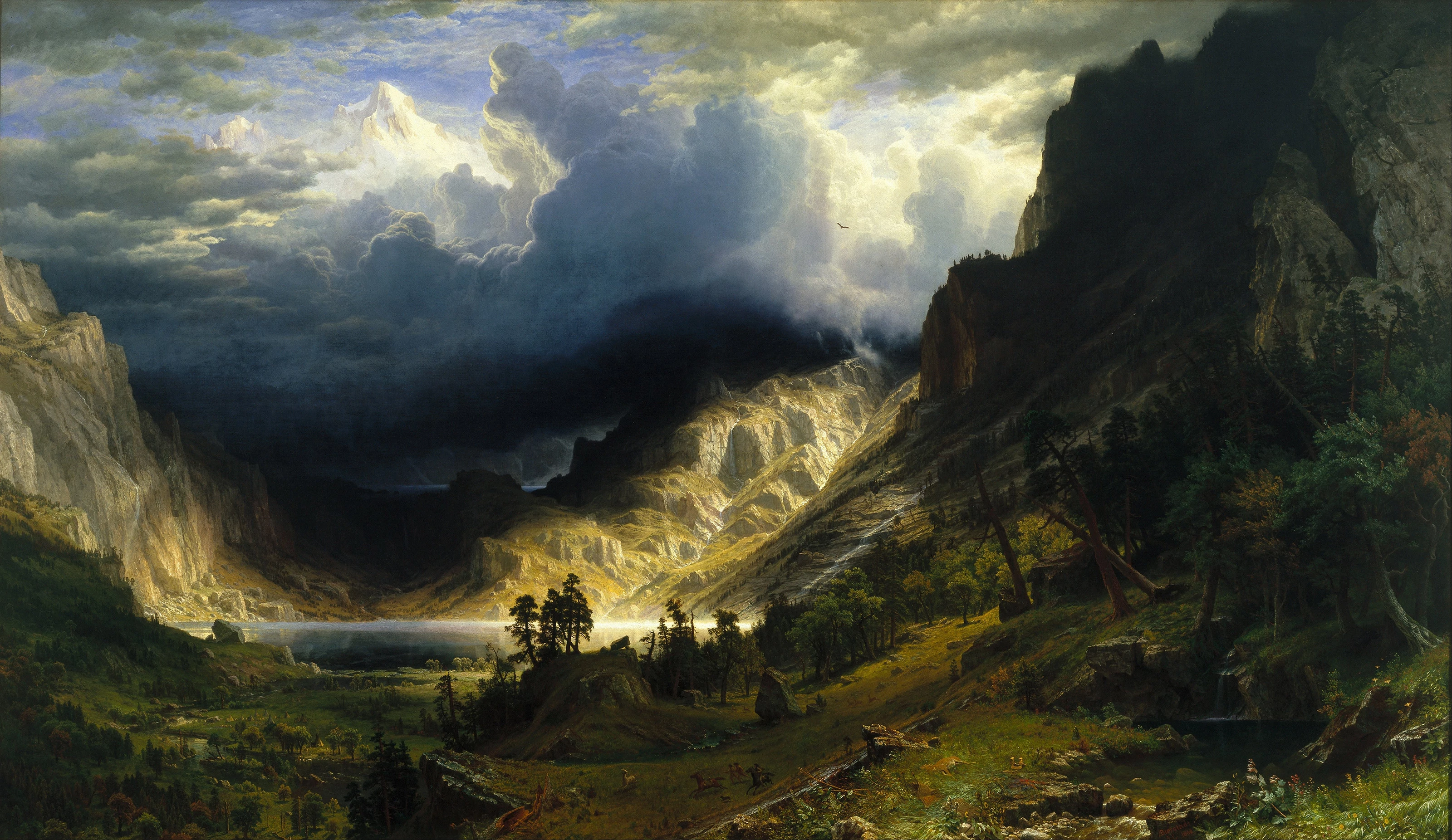
Edmund Burke
Burke was born in Dublin and educated there at Trinity College. He is best known for his political achievements and being the founder of modern conservatism of the Reflections on the Revolution in France, as he expressed his mistrust in the rationalism of the French Revolutionaries.
When 28 years old Burke wrote his Enquiry, Consistent with the dominant philosophical way of thinking in Britain during his life, Burke was an empiricist (the idea that all learning comes from only experience and observations). He believed that the our ideas, and what we know about the natural world, is aquired from our sensory experiences. For Burke, it is the passions which decide how and what we see, hear and feel.
Burke also sought to apply a scientific method to his chosen subject-matter, so in the Enquiry he does a scientific investigation into our various passions, and uses the evidence to explain the nature and power of the sublime.
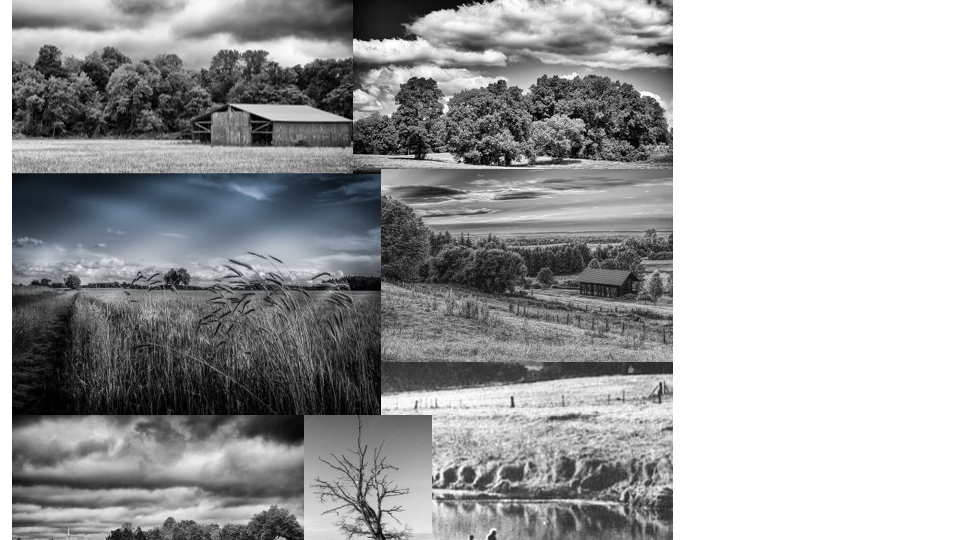
Mood-board
A mood-board is an arrangement or collage of images, materials, pieces of text, etc. It is a way of expressing ideas in a visual way. They allow you to combine your ideas, thoughts, information into one visual piece. In photography, the mood-boards are just a collection of images (collage).
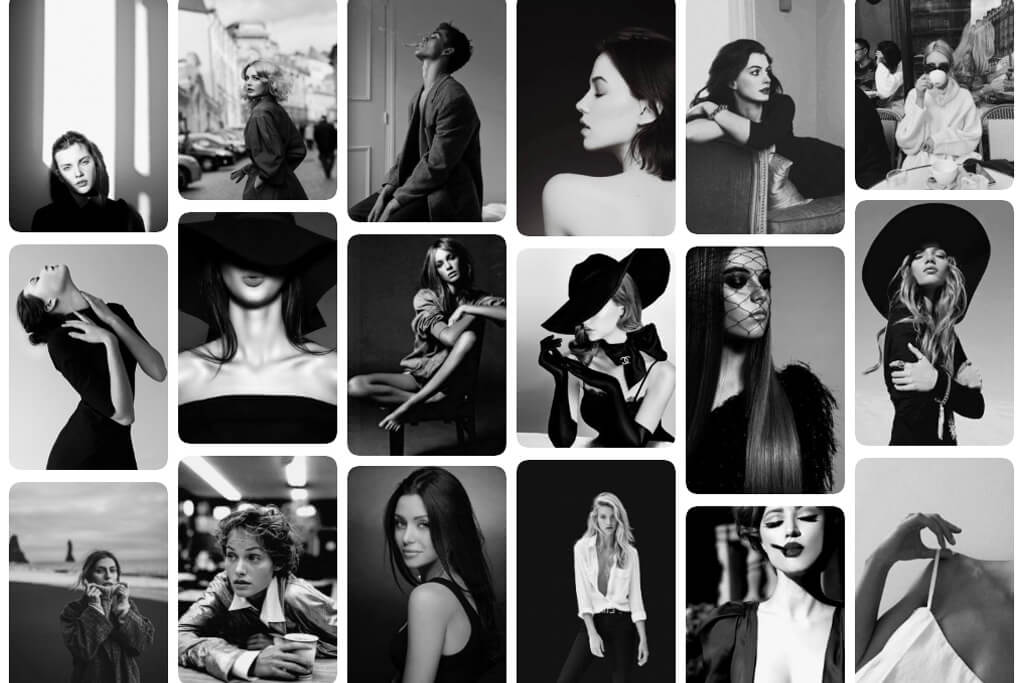
Here is a mood-board I have created as inspiration and a sort of plan for my photoshoot:
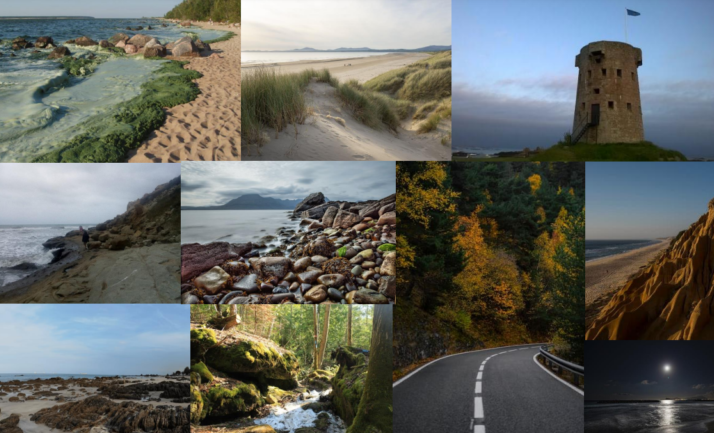
Photoshoot Action Plan

What
Where
When
Why